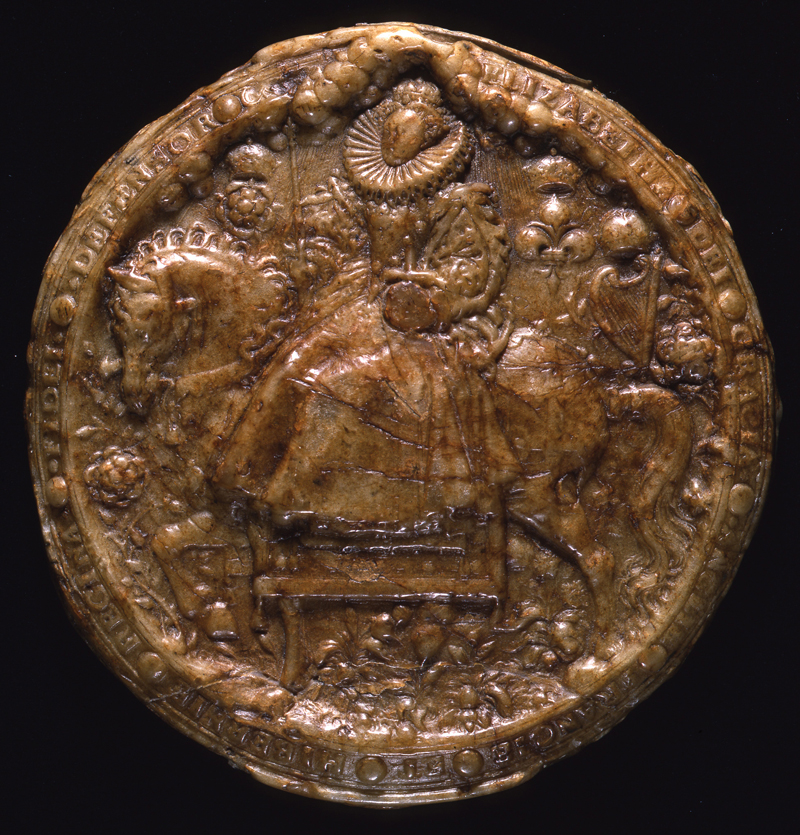The immediate stage is the city’s Centre for Contemporary Art, nestled against the seventeenth-century walls. The broader stage is its program of events for its year as European City of Culture.
I am sure I could learn, but for the time being its operations remain mysterious, opaque, obscure: part science, part magic.
The Muscovy or Russia Company was actually founded in the reign of Elizabeth’s half-sister Mary I, in 1555. Its royal charter gave it the monopoly of Anglo-Russian trade. As a joint-stock company whose capital was open ended (i.e., the company continued in being after each trading voyage), it was a model for other Elizabethan and Jacobean trading companies such as the Merchant Adventurers, the Levant Company, and the East India Company. See T. S. Willan, The Early History of the Russia Company (Manchester: Manchester University Press, 1956).
Felix Martin, Money: The Unauthorised Biography (London: Bodley Head, 2013), 29.
Ibid., 67 and 126.
Ibid., 130.
Ibid., 246.
Ibid., 289.
George Soros, The Alchemy of Finance: Reading the Mind of the Market (New York: Wiley, 1999).
Galina Lindquist, “In Search Of The Magical Flow: Magic And Market In Contemporary Russia,” Urban Anthropology and Studies of Cultural Systems and World Economic Development 29 (2000): 317.
Ibid., 316.
This story is told in Donald MacKenzie’s “The Big, Bad Wolf and the Rational Market: Portfolio Insurance, the 1987 Crash and the Performativity of Economics,” Economy and Society 33 (2004): 303–334.
Donald MacKenzie and Taylor Spears, “‘A device for being able to book P&L’: the Organizational Embedding of the Gaussian Copula,” Social Studies of Science (2014): 418–440.
Alfred Gell, “The Technology of Enchantment and the Enchantment of Technology,” in Anthropology, Art, and Aesthetics, eds. J. Coote and A. Shelton (Oxford: Oxford University Press, 1992), 44.
Ibid., 54. This is not to say that Gell’s theory can be applied to all forms of art as they developed in the twentieth century. His definition of art embraces Trobriand canoe carvings (which were not, to Trobrianders, “art,” since this was not a meaningful category for them) and art in the modern Euro-American sense. It might not cover all of those art practices where artists attempt to minimize technical intervention, however. Gell suggests that the reason for public contempt for some forms of contemporary art is this art’s failure to present itself as the consequence of occult technical prowess.
Ibid., 49.
By the magic of Enlightenment I refer both to the negative dialectical relationship between reason and myth, as Horkheimer and Adorno long ago described it, and more generally to the very idea of “Enlightenment” as a rallying cry. The metaphor of Enlightenment, the light of reason shining in the face of darkness, superstition, atavism, and fanaticism, is itself a powerful technique. Its use allows the speaker to position him or herself as the defender of rational and civilized values, as the standard-bearer of progress, morally and politically in the right, while foreclosing any rational inquiry into the coherence of these claims. In this a-historical version, “Enlightenment” has nothing messy or contingent about it, nor does it cast a shadow.
David Graeber, “Beads and Money: Notes Towards a Theory of Wealth and Power,” American Ethnologist 23 (1996): 4–24.
Jean Comaroff and John Comaroff, “Occult Economies and the Violence of Abstraction: Notes from the South African Postcolony,” American Ethnologist 26 (1999): 279–303.
Marilyn Strathern, Property, Substance, & Effect: Anthropological Essays on Persons and Things (London: Athlone Press, 1999).
